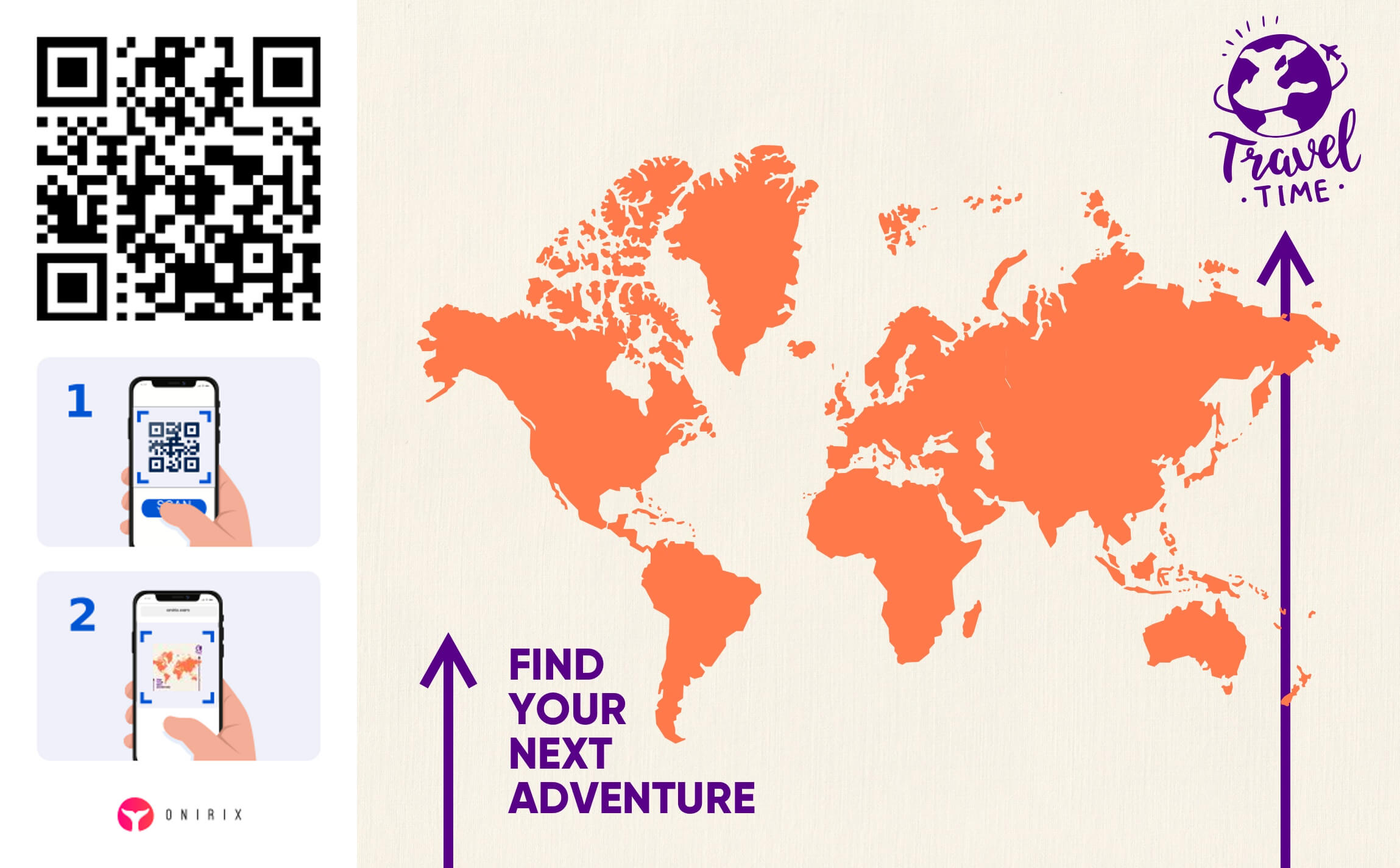Augmented reality and tourism: the new travel experience
Contents
The tourism industry is one of the most important sectors of the world economy. Like any industry, tourism has evolved in recent years thanks to technology. From the way we search for and prepare a trip, to the organisation of accommodation, activities and transport.
Every day, new technologies offer tourists a much more satisfactory and advantageous experience. It is exactly in this sense that augmented reality is beginning to acquire importance in the tourism sector, taking the experience to another level both remotely and at the destination.
Smartphones, the widespread and easy access to the internet, and geolocation are the main factors that have driven AR in travel. We must also consider changes in mindset and behavior, as well as new trends in user consumption habits.
In short, augmented reality travel is enhancing the traveller experience, making it more real and immersive. This is giving rise to a new and much improved way of travelling and tourism.
Discover Onirix Solutions: AR for Tourism
Digital trends in tourism: smart tourism
To understand this concept, we must first grasp what a “smart city” is. This refers to a city that relies on information and communication technologies (the famous ICTs) to create and build infrastructure for its citizens. In other words, a smart city combines people, technology, and creativity to become a more sustainable, efficient, and valuable place.
In relation to this concept, we can already talk about smart tourism or digital tourism. An intelligent tourist destination is an innovative place that, thanks to technology, offers its visitors a more immersive, interactive experience with real-time data access that improves the quality of their stay.
This is precisely the objective of augmented reality applied to tourism; to efficiently manage resources and build a place that meets the needs of travellers and tourists as well as improving and enhancing the quality of life of residents.
Want to take a look at the possibilities of AR? Let’s start with a simple case: an interactive map through a static image.


Augmented Reality Experiences in Tourism
Augmented reality (AR) opens up a range of possibilities that transform the way we experience travel.
Geolocated Routes
Thanks to tools like Onirix, tourists can enjoy geolocated routes that integrate real-time interactive content. These routes can be explored freely or follow a sequential itinerary, offering detailed information and augmented reality experiences contextualized for each point of interest.
Imagine arriving at a monument and, through your smartphone, seeing how it looked in the past or participating in interactive games that enrich your visit.
With Onirix, you can create geolocated maps with all kinds of AR experiences.
Museums and Art: New forms of interaction
AR is revolutionizing the way we experience art and culture in museums. Check out what the Madrid Wax Museum is doing with Onirix:
By pointing their device at a painting or sculpture, visitors can access detailed information, multilingual audioguides, and even historical recreations that bring the artworks to life.
This not only enhances the visitor’s experience but also makes learning more accessible and enjoyable:
Smart Spaces and AI Guides
On the other hand, if we want to go further, Smart Spaces technology allows AR content to be precisely anchored in specific locations in any city, enriching the visitor’s experience from their mobile browser:
A technology that can be complemented with artificial intelligence, leading to a future where tourism will undergo a true revolution with the fusion of AI and AR, creating smart and visual guides that will accompany tourists at all times.
Virtual Tours: Accessibility and anticipation
The possibility of conducting virtual tours through AR allows users to explore destinations before physically arriving.
This is especially useful for remote or hard-to-access places, offering a preview that can facilitate planning and booking visits. It can be done with 360º base photographs:


Or on complete 3D models.
A promising present and future
Overall, it is clear that augmented reality is redefining tourism, making experiences richer, more dynamic, and interactive. From geolocated routes to interactive museums and digital guides, AR offers a way to travel that is both educational and exciting.
As these technologies continue to develop, we can expect a future where every journey is a unique and unforgettable adventure.




